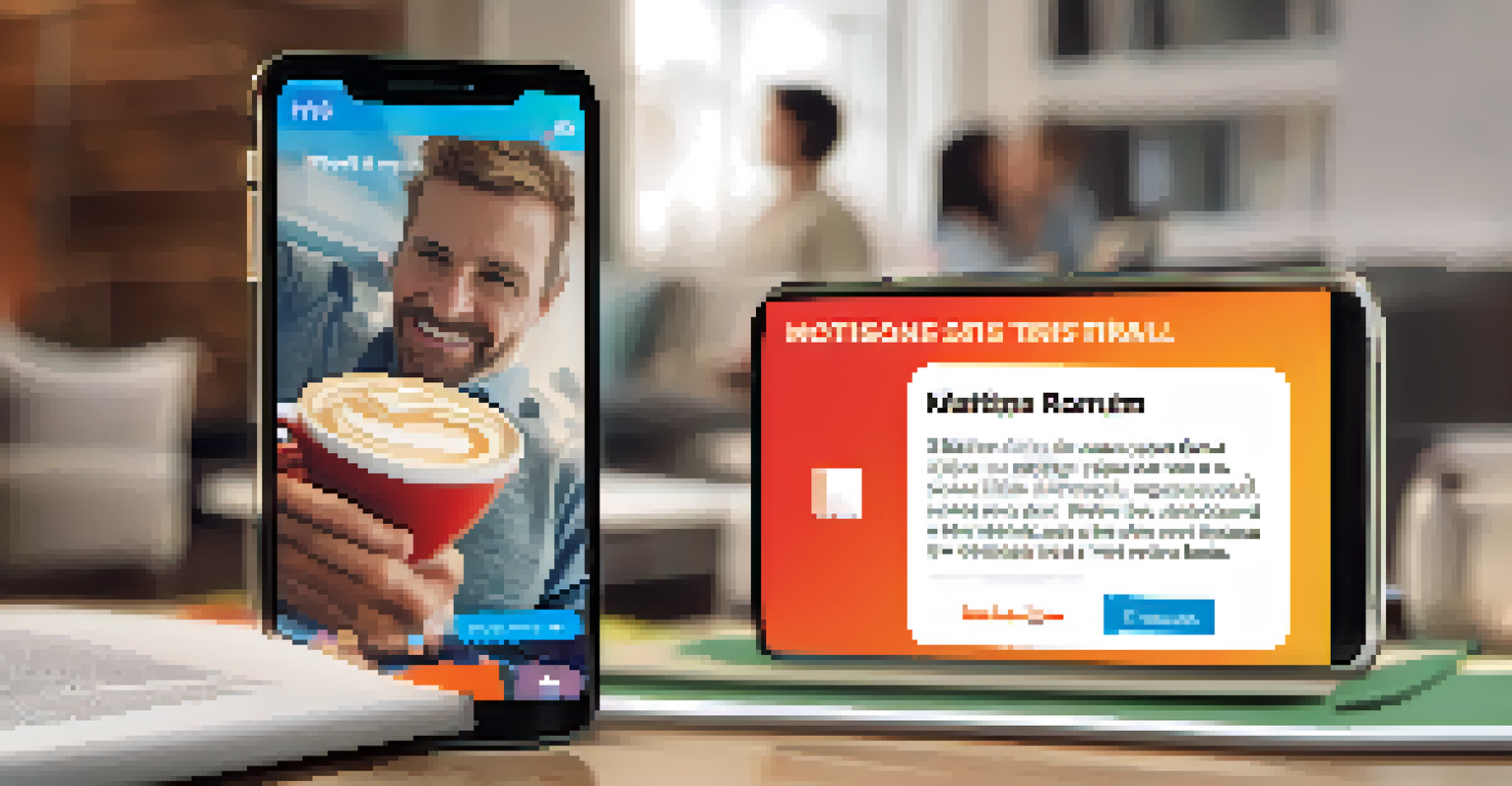Clinical Trial Recruitment: Strategies for Engaging Participants

Understanding the Importance of Participant Engagement
Engaging participants in clinical trials is crucial for the success of research. Not only does it ensure that studies are completed on time, but it also enhances the quality of data collected. When participants are actively involved, they are more likely to adhere to the study protocols, leading to more reliable results.
Engagement is a two-way street; it requires both researchers and participants to play their part.
Moreover, participant engagement fosters trust between researchers and the community. This trust can lead to increased willingness to participate in future trials, creating a cycle of engagement that benefits everyone. Therefore, understanding how to effectively engage participants is a key skill for any clinical trial team.
In essence, participant engagement isn't just a box to check; it's a foundational element that can make or break a clinical trial. By prioritizing engagement, researchers can not only meet their goals but also contribute positively to the broader medical community.
Leveraging Technology for Effective Recruitment
In today's digital age, technology plays a vital role in reaching potential participants. Online platforms, social media, and mobile applications can significantly broaden the recruitment reach. By utilizing these tools, researchers can connect with diverse populations and provide information about clinical trials in an interactive way.

For instance, social media campaigns can target specific demographics, making it easier to find individuals who fit the study criteria. Additionally, online forums and support groups provide a space for potential participants to learn from others' experiences, which can alleviate some of their concerns.
Engagement Boosts Trial Success
Active participant engagement enhances data quality and fosters trust, leading to more reliable clinical trials.
Ultimately, embracing technology not only streamlines the recruitment process but also makes it more engaging for participants. By meeting them where they are—online—researchers can foster a more informed and motivated participant base.
Building Trust Through Transparent Communication
Transparency in communication is key to building trust with potential trial participants. Clear explanations about the trial’s purpose, processes, and potential risks can help demystify the experience. When individuals feel informed, they are more likely to consider participating.
To succeed in clinical trials, we must not only inform participants but also inspire them.
Additionally, providing ongoing updates throughout the trial can reinforce this trust. By keeping participants in the loop about progress, results, and any changes, researchers can demonstrate their commitment to ethical research practices.
In short, transparent communication not only enhances trust but also empowers participants. It allows them to make informed decisions about their involvement, fostering a sense of partnership in the research process.
Personalizing the Recruitment Approach
A one-size-fits-all approach rarely works in clinical trial recruitment. Personalizing communication to address the specific concerns and motivations of potential participants can significantly improve engagement. Tailoring messages to resonate with diverse audiences can make individuals feel valued and understood.
For example, using testimonials from previous participants can create relatability. Sharing stories that highlight the personal impact of a trial can encourage others to join, as they see the potential for positive change in their own lives.
Technology Streamlines Recruitment
Leveraging digital platforms enables researchers to reach diverse populations, making recruitment more effective and engaging.
Ultimately, personalization transforms the recruitment process from a generic outreach effort into a meaningful conversation. When participants feel that their unique perspectives are recognized, they are more inclined to participate.
Utilizing Community Partnerships for Outreach
Collaborating with community organizations can significantly enhance recruitment efforts. These partnerships provide access to established networks and can help build credibility within the community. Local organizations often have insight into the concerns and values of individuals, allowing for more effective outreach strategies.
For instance, hosting informational sessions at community centers can demystify trials and address any apprehensions directly. By engaging in face-to-face conversations, researchers can foster a sense of connection and trust that online methods may not achieve.
In essence, community partnerships not only expand outreach but also create a supportive environment for potential participants. This collaboration can lead to a more engaged and representative participant pool.
Addressing Barriers to Participation
Understanding and addressing barriers to participation is essential for effective recruitment. Common concerns include time constraints, transportation issues, and fear of the unknown. By identifying these barriers, research teams can implement strategies to mitigate them.
For instance, offering flexible scheduling or providing transportation assistance can make participation more feasible for many individuals. Additionally, providing clear, accessible information about what to expect in a trial can alleviate anxiety and encourage participation.
Trust Through Transparent Communication
Clear and ongoing communication builds trust with participants, empowering them to make informed decisions about their involvement.
By actively working to remove obstacles, researchers can create a more inclusive environment that welcomes diverse participants. This not only enhances recruitment efforts but also enriches the quality of research.
Engaging Participants Beyond Recruitment
Recruitment shouldn't stop once participants are enrolled; ongoing engagement is vital for retention and satisfaction. Keeping participants informed and involved throughout the trial can enhance their experience and commitment. Regular check-ins and feedback opportunities can foster a sense of community and belonging.
Moreover, recognizing participants' contributions—whether through thank-you notes, updates, or small incentives—can reinforce their importance in the research process. This appreciation can lead to higher retention rates and positive word-of-mouth, encouraging others to participate in future studies.

In conclusion, engaging participants beyond recruitment is about building lasting relationships. When individuals feel valued and connected, they are more likely to remain committed and share their experiences with others.